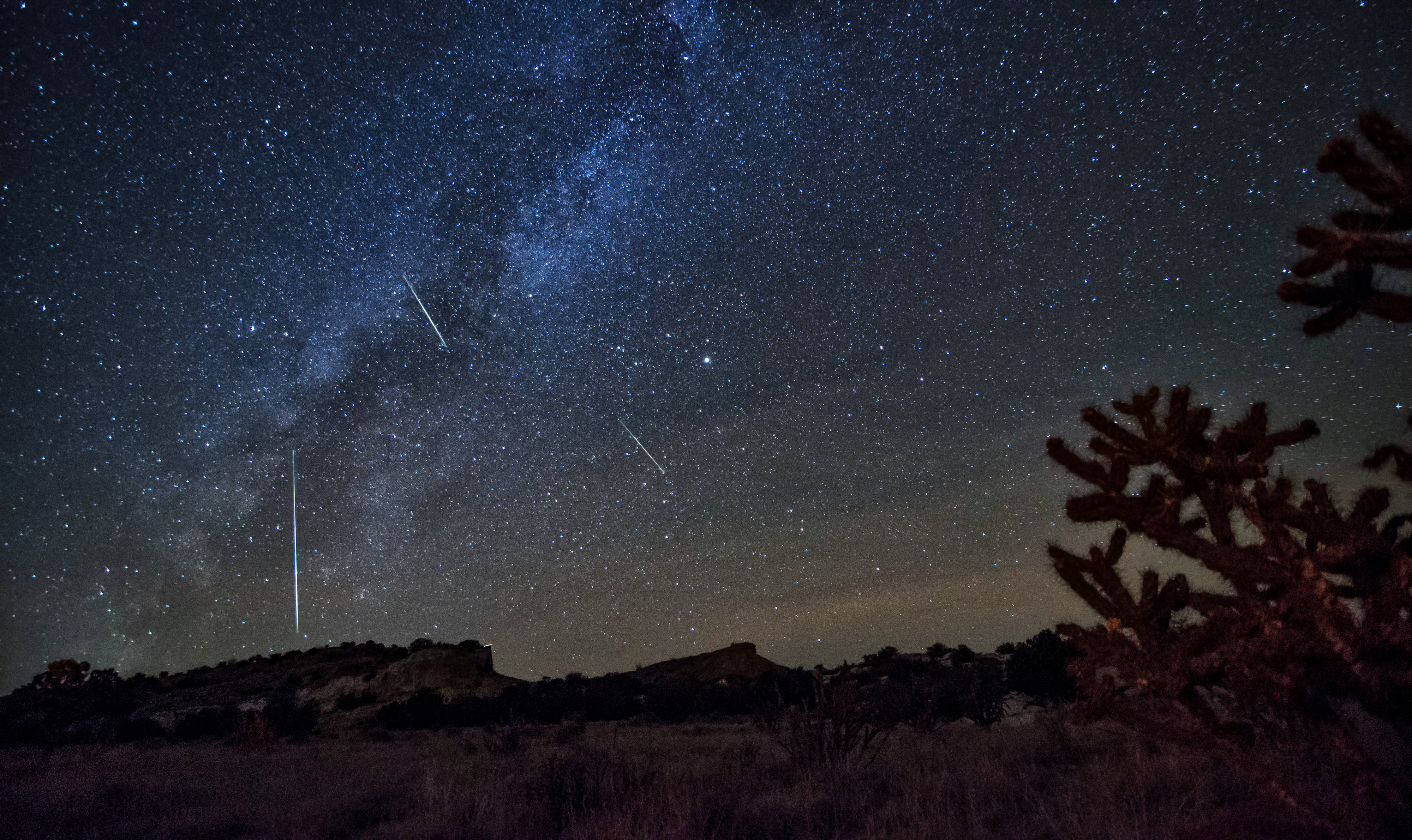Quite possibly the most famous comet of them all, Halley’s Comet is about to begin its nearly 40-year-long journey back towards the Sun, passing by our planet on its way.
The comet reaches its aphelion today (December 9), the point at which it’s furthest away from the Sun, taking it beyond the orbit of Neptune. This represents the midpoint in Halley’s orbit around our star, which is unusual in that it occurs in the opposite direction to the planets of our solar system, known as a retrograde orbit.
After today, Halley will start moving back towards the Sun, reaching perihelion – its closest distance to the Sun – in mid-2061. It’s during this time that the comet will once again become visible in our skies, having disappeared from view in 2003.
The comet has been spotted many times throughout history, although it was English astronomer Edmond Halley who established that it would return. The last time it passed by Earth was back in 1986 – if it were not for the fact that scientists had established its 76-year-long orbit by then, presumably it caught a glimpse of 80s fashion and decided the best option was to leg it millions of miles away.
Halley’s Comet leaves two meteor showers in its wake, on of which is the Orionids, captured here in 2016.
Image credit: Brian Spencer/Shutterstock.com
It might seem like a long time since those dark days, but Halley’s orbit is pretty short in comparison to a lot of comets. In its formal name, 1P/Halley, the “P” stands for “periodic”; this refers to comets with an orbital period of less than 200 years, which astronomers consider to be short.
And while 76 years is often a lifetime for us humans, Halley’s Comet appears to be keeping its youth intact. According to NASA, although it’s estimated to have been orbiting for at least 16,000 years, observations show no obvious signs of aging in the comet.
Although we won’t be seeing Halley again until 2061, its trail leaves us two meteor showers to enjoy in the meantime. Both the Eta Aquariids and the Orionids occur annually, the former every May and the latter every October. They are formed from the rocky debris left in the wake of Halley’s path and waste not, want not, they give us a dazzling show.
See you in 2061, old friend.
Source Link: Halley’s Comet Is About To Begin Its 38-Year-Long Journey Back To Earth
